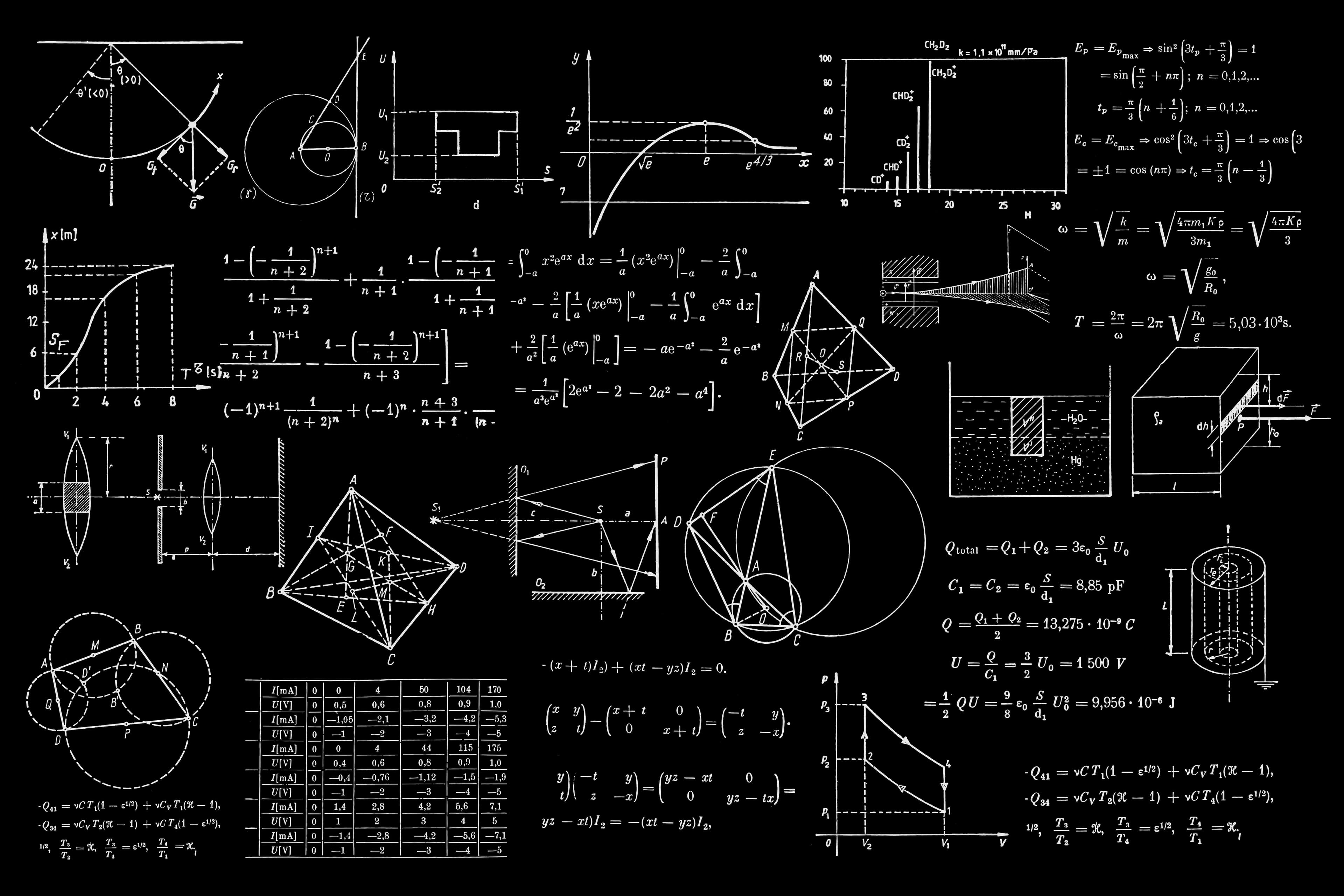24 January 2024

Photo by Dan Cristian Pădureț on Unsplash
The Newton-Raphson method represents a powerful numerical technique for finding roots of complex equations through an iterative approximation process. This blog will provide a comprehensive exploration of the method's mathematical foundations, algorithmic implementation, and practical example. Readers will gain insight into the method's underlying principles, including its convergence properties and computational efficiency. We will examine the mathematical derivation of the algorithm, demonstrating how successive approximations can rapidly converge to precise solutions. Practical implementations will be discussed, with coding examples illustrating the method's application in solving nonlinear equations. The blog will also address potential challenges and limitations of the Newton-Raphson approach, providing readers with a deep understanding of its strengths and potential computational constraints.
20 January 2024

Image by Gerd Altmann from Pixabay
Welcome to this blog series on Numerical Methods for Root Finding, where we’ll unravel the techniques behind solving equations like f(x)=0 when traditional algebra falls short! Whether you’re a student, a math enthusiast, or just curious about the magic behind computational mathematics, this series has something for you. We’ll start with the classic Bisection Method, a simple yet effective approach that slices intervals in half until it locks onto the root. Then, we’ll dive into the more sophisticated Newton-Raphson Method, which uses tangents to zero in on solutions with impressive speed (and a touch of calculus). Next up is Fixed-Point Iteration, a versatile technique that turns tricky equations into something easier to handle. And for the theory buffs, we’ll explore the Banach Fixed-Point Theorem, the mathematical backbone of convergence guarantees in iteration methods. Each topic will include intuitive explanations, visualizations, and practical examples, so you can see these methods in action. Ready to discover how equations are cracked, one iteration at a time? Let’s get started!